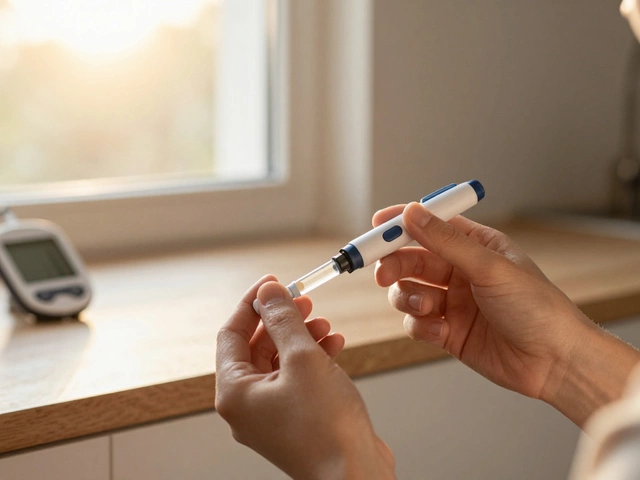Femur Fracture: What It Is and How to Manage It
If you’ve ever taken a hard fall or been in a car accident, you might wonder whether a broken thigh bone is possible. The answer is yes – a femur fracture is a serious injury that needs prompt attention. The femur is the longest and strongest bone in your body, so breaking it isn’t common, but when it happens it can knock you down for weeks or months.
Most femur breaks happen after high‑impact events like vehicle collisions, sports injuries, or falls from a height. Less severe causes include osteoporosis or other bone‑weakening conditions that let a modest slip turn into a big break. Knowing the typical causes helps you gauge your own risk and act fast if something feels off.
Symptoms and Diagnosis
Right after the injury you’ll likely feel intense pain in the upper leg, especially when you try to move or bear weight. The leg may look shorter or twisted, and swelling or bruising can appear within minutes. If you notice a grinding sound or feel a gap in the thigh, that’s a strong sign of fracture.
Don’t try to diagnose it yourself – head straight to a medical centre. X‑rays are the first step, but doctors often request a CT scan to see the exact fracture pattern. The imaging helps them decide whether you need surgery or if a brace will do.
Treatment and Recovery
Most femur fractures need surgery. Surgeons insert a metal rod (intramedullary nail) into the marrow canal to hold the bone together. The procedure is usually done under general anesthesia and takes about an hour. After surgery, you’ll stay in the hospital for a few days to monitor pain and start early movement.
Physical therapy starts quickly. Simple ankle pumps and gentle leg lifts keep blood flowing and prevent stiffness. As the bone heals, you’ll progress to weight‑bearing exercises, using crutches at first and then a walker. Most people can put full weight on the leg within 8‑12 weeks, but complete healing can take up to six months.Take your pain meds as prescribed and keep the incision clean to avoid infection. If you have osteoporosis, your doctor might suggest calcium and vitamin D supplements, plus medications to strengthen bone.
Staying active during rehab is key. Short walks, stationary bike rides, and light resistance work improve strength without overloading the healing femur. Listen to your body – sharp pain means you’re pushing too hard, while mild soreness is normal.
When you’re cleared for full activity, focus on balance and flexibility to prevent future falls. Simple home exercises like single‑leg stands or yoga poses can keep you steady. Also, wear appropriate footwear and keep your living space free of tripping hazards.
Recovering from a femur fracture is a marathon, not a sprint. Patience, consistent therapy, and following your surgeon’s advice will get you back on your feet faster than you think. If you ever suspect a break, don’t wait – early treatment makes all the difference.


